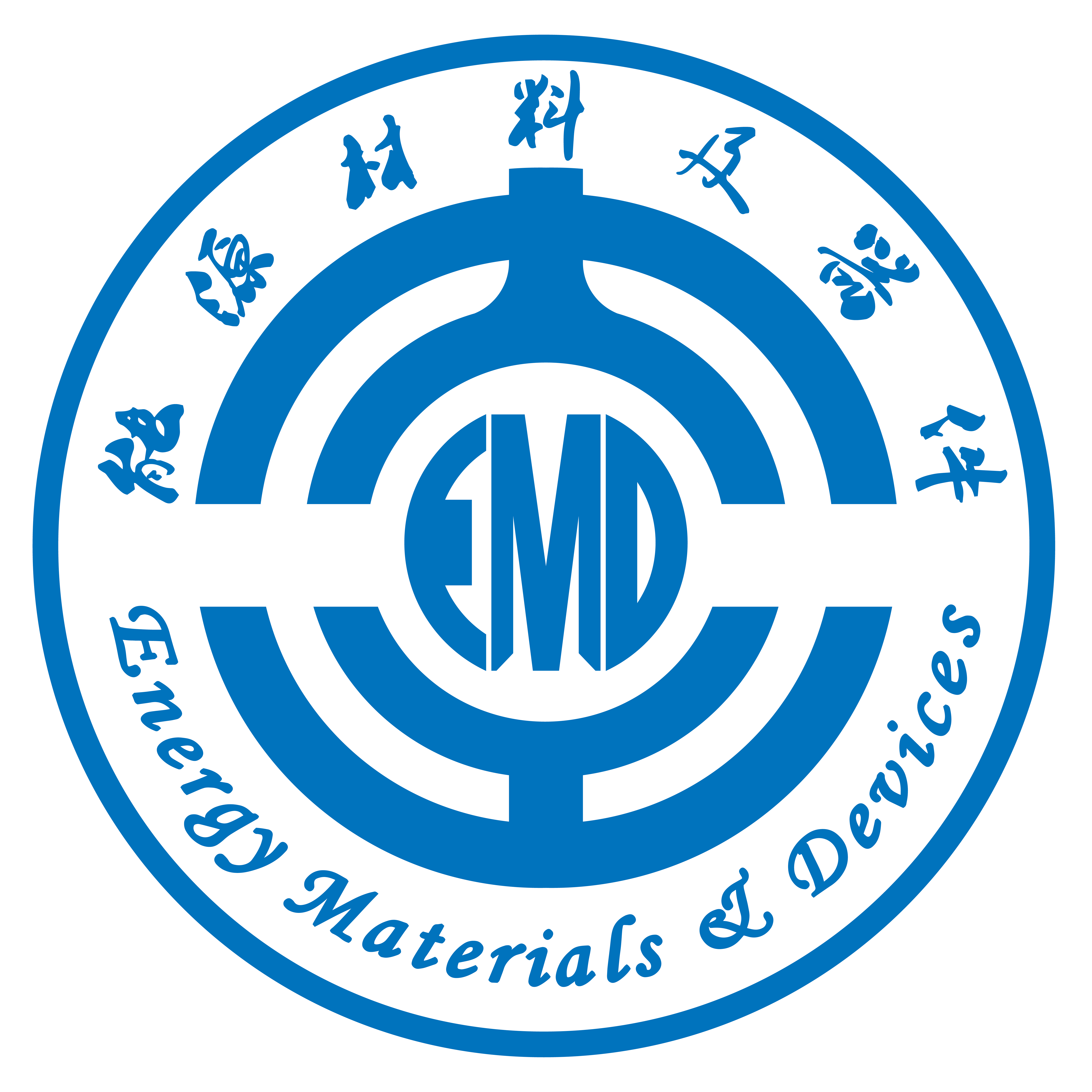Abstract:Titanium carbide(TiC)nanoparticles were synthesized in situ by direct current(DC)arc-discharge method under the mixture of methane and argon gas atmosphere. The physical characterization including X-ray diffraction(XRD)and transmission electron microscope(TEM)show that TiC nanoparticles have cubic structure with grain sizes of 40-90nm. Cyclic voltammetry(CV)measurement indicates that TiC nanoparticles are efficient bi-functional catalysts toward both oxygen reduction reaction(ORR)and oxygen evolution reaction (OER)for Li-O2 batteries, which can effectively compensate for the weak catalytic activity of OER of carbon materials. The results of galvanostatic charge-discharge measurement present that the TiC nanoparticles can reduce the charge-overpotential by 280mV compared to general carbon materials(Super-P), and the TiC electrode delivers an initial discharge capacity of 1267mAh·g-1 at 50mA·g-1. Even at a high current density of 150mA·g-1, the discharge capacity still maintains 778mAh·g-1, indicating excellent rate performance of lithium-air batteries with TiC nanoparticles as catalysts. The TiC electrode displays 10 cycles at a fixed capacity of 500mAh·g-1 and at a current density of 100mA·g-1.The characterization of XRD, Fourier transform infrared(FT-IR)and scanning electron microscopy(SEM)show that the formation and decomposition of Li2O2 have great reversibility under the bi-functional catalysis of TiC nanoparticles, which can significantly alleviate the accumulation of undesired byproducts, and eventually improve the electrochemical performance of Li-air batteries.
DOI:10.11868/j.issn.1001-4381.2017.001447

